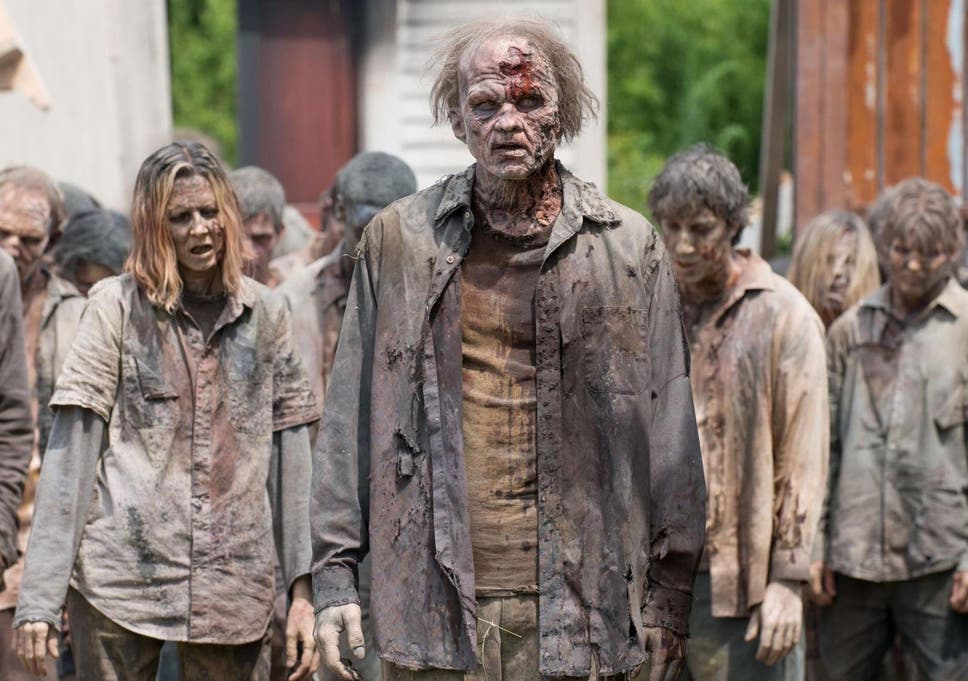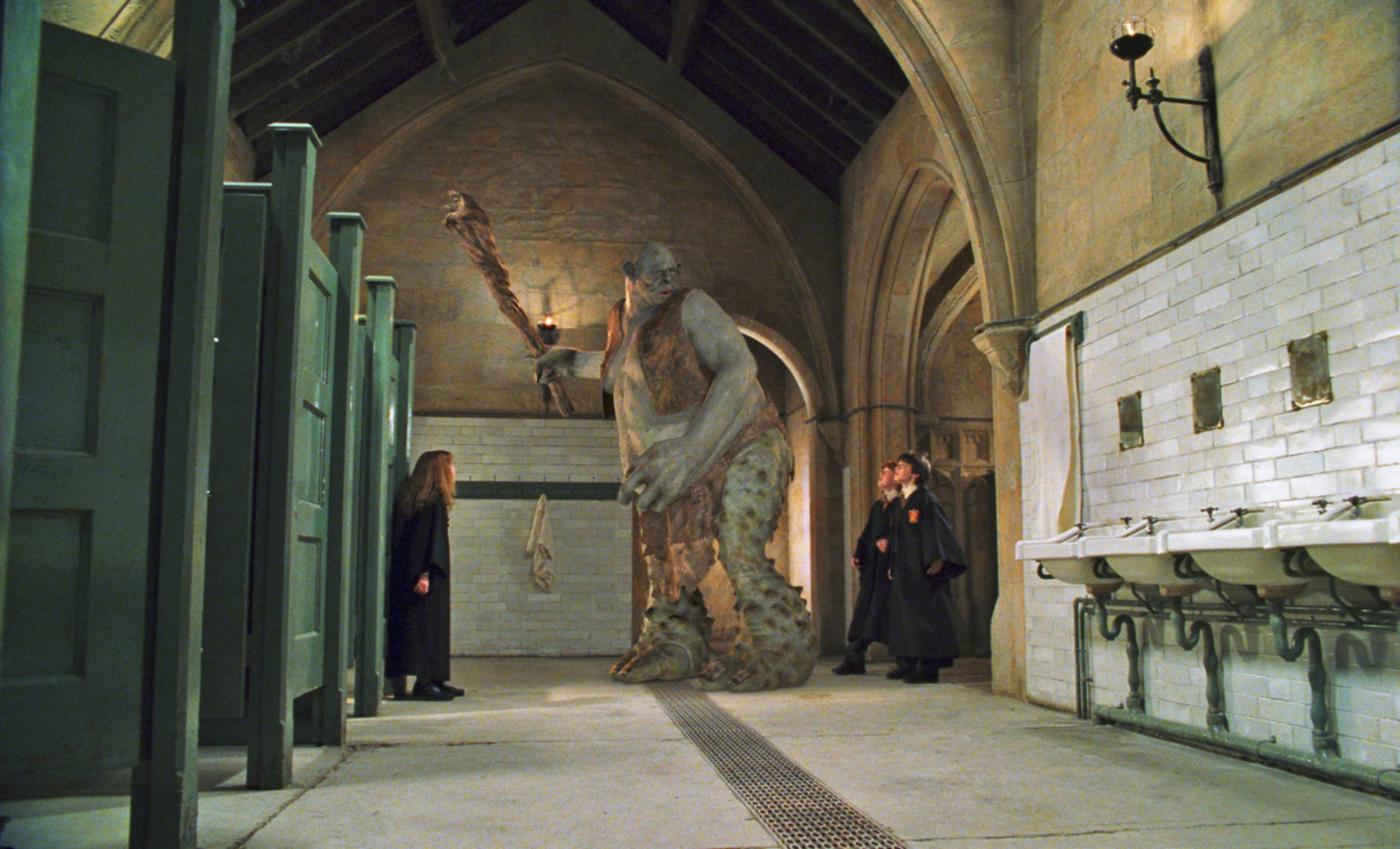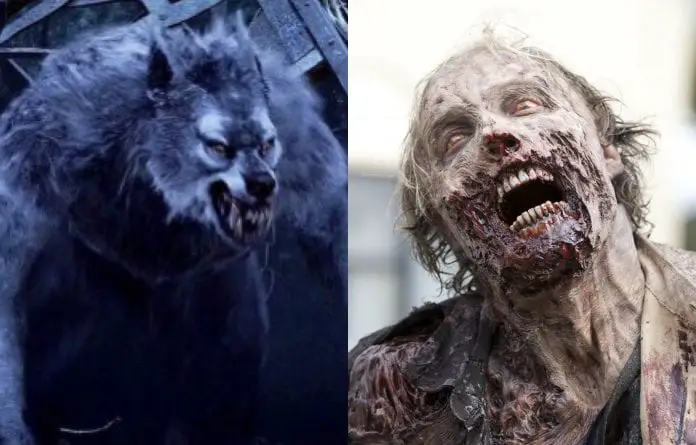Hello hello it’s October again! And you know what that means: Halloween! That time of year where spookies and scaries roam, complete with flying bats and jack o’ lanterns. What better time than now to spruce up your supernatural creature knowledge, whether you’re reading just for fun, or to get inspiration for your costume. Although these supernatural creatures may already be familiar, there’s no harm in reading – you may even pick up some new bits of knowledge!
1) Vampire
Thanks to books, TV shows and movies, “modern” vampires are considered more attractive than scary nowadays. Think Edward Cullen from Twilight and the Salvatore brothers from The Vampire Diaries. But let’s talk about the origins. As most of us already know, vampires are considered undead beings which feed on the “vital force” of the living – blood. The stereotypical vampire is fanged, pale, wears a cape and rests in a coffin. Vampires also have no soul and no reflection. If you want to kill them, stake them or behead them, unless you can harness the energy of the sun.

2) Werewolf
Also known as lycanthropes, werewolves are another popular supernatural creature that has found its way onto the big screen, as well as many fantasy literature works. I mean, who could ever forget the whole #teamedward or #teamjacob feud between Twilight fans? Generally speaking, a werewolf is a human with the ability to change into a wolf, or a humanoid wolf. For “new cubs”, the change is usually involuntary, and happens during full moon. According to other stories, “older”, “more experienced” werewolves can change at will. Also, apparently it is quite easy to be a lycanthrope – all it takes is a bite or scratch from a werewolf, and congratulations, you are now one of them.

3) Kumiho/Kitsune/Jiu Wei Hu
Literally translated, they all mean “nine-tailed fox”, and this is an Asian entity. Korean, Japanese and Chinese in that order. According to stories, these beings are foxes that have lived more than 1000 years. They are usually depicted as beautiful women that are out to seduce men to eat their liver or heart. Either way, not pretty. Let’s narrow it down to the Chinese version, the Jiu Wei Hu. More often than not, they have a negative reputation, as they are described as cunning and tricky. In fact, there’s another term for Jiu Wei Hu, called Hu Li Jing, which is a derogatory name for women who seduce men with ill intent. However, in Korean or Japanese contexts, they can be either good or evil.

4) Zombie
In recent years, we’ve had so many zombie appearances in popular culture that everyone knows what a zombie is. To break it down, it is a fictional undead being created by the reanimation of a corpse, or perhaps a makeover of human DNA caused by diseases. Zombies are usually depicted as ugly, stiff and slightly decomposed; on the hunt for human flesh (brains?). Before the “zombie apocalypse” was a thing, zombies had their roots in Haitian rural folklore and African legends. In Haiti, zombies were the dead physically revived by the act of necromancy of a bokor, who is a sorcerer or witch. My favourite kind of zombies? The ones who eat your plants in the game Plants vs. Zombies.

5) Troll
If you don’t know the following line, we can’t be friends. “Troll – in the dungeons – thought you ought to know.” Anyone who’s read or watched Harry Potter (to save you time, I’ll just call it the very first one) will know this one, and the troll in question was large, ugly, dumb and carried a club. Basically, misshapen cavemen with low IQ levels. Historically, trolls are a class of being in Norse mythology and Scandinavian folklore with immense strength and are described as man-eaters once in a while. Common beliefs about trolls are that they turn to stone when in contact with sunlight, and that lightning frightens them.

6) Ogre
Nowadays, when we think of ogres, the first thing that comes to mind is friendly, silly green ogre Shrek. And his wife, Princess Fiona. Before Dreamworks Animation, the ogre had often appeared in mythology, folklore and fiction as a being who loved to feast on human beings, especially infants and children. Inhumanly large and tall with unusually coloured skin, ogres are also often associated with giants, and are sometimes mistaken for each other. We’ll stick to family-friendly ogre Shrek, thank you very much.

7) Mummy
The mummy actually has been absent from popular culture for a little while now, but we all know the mummy as this undead creature wrapped in bandages. Did you know that the first living mummies in fiction were mostly female? And that they were “romantic”, often depicted as love interests for the protagonist? We’re not sure how these romantic stories turned out to be, but then the “monster mummy” came to haunt us. The “monster mummy” as we know it sometimes have unraveling bandages, and moved in jerky movements. The mummy genre came about during the 19th century when Victorian Britain colonised Egypt.

8) Siren/Mermaid
Last but not least, we have sirens or mermaids. These terms are often used interchangeably, and have increasingly made their way into modern literature. But did you know that the first sirens were described as half-woman and half-bird, instead of half-woman and half-fish? Anyway, traditionally, sirens were known as dangerous creatures who lure men to their death with their beautiful, enchanting voices, and no man could escape their song. On the other hand, a mermaid was just a female human with a fish tail, though they were sometimes associated with perilous events such as storms or shipwrecks. Today, there are plenty of sirens/mermaids in popular culture, and there’s even a whole mermaid culture out there where you can put on a tail and just be one!
















